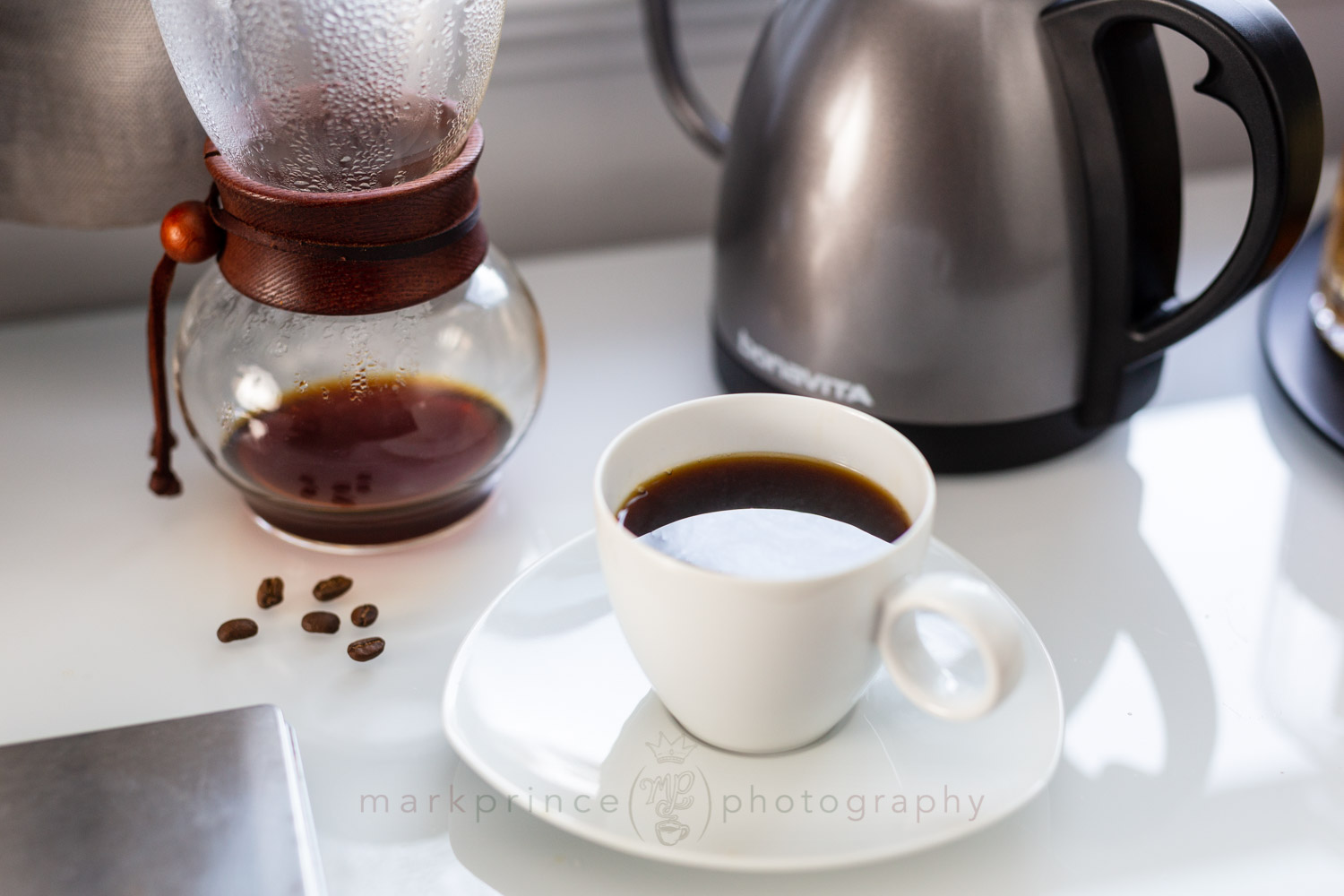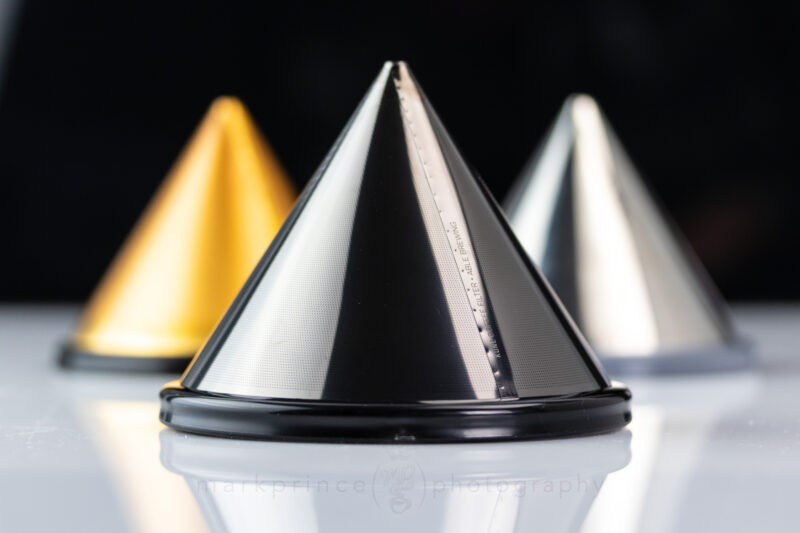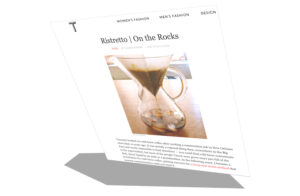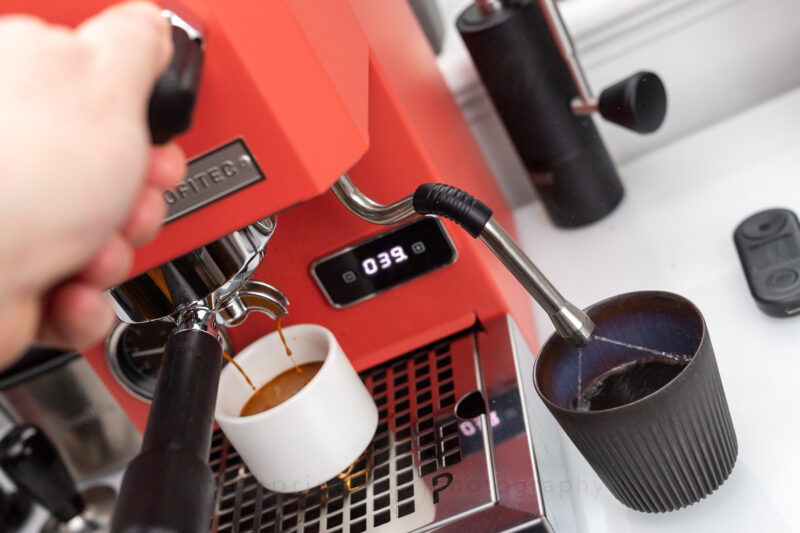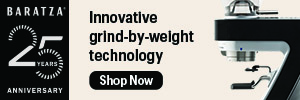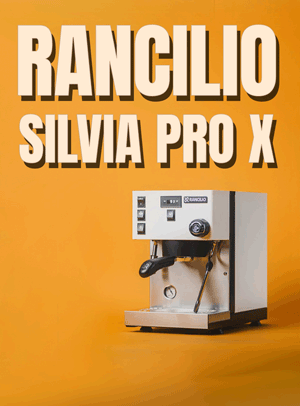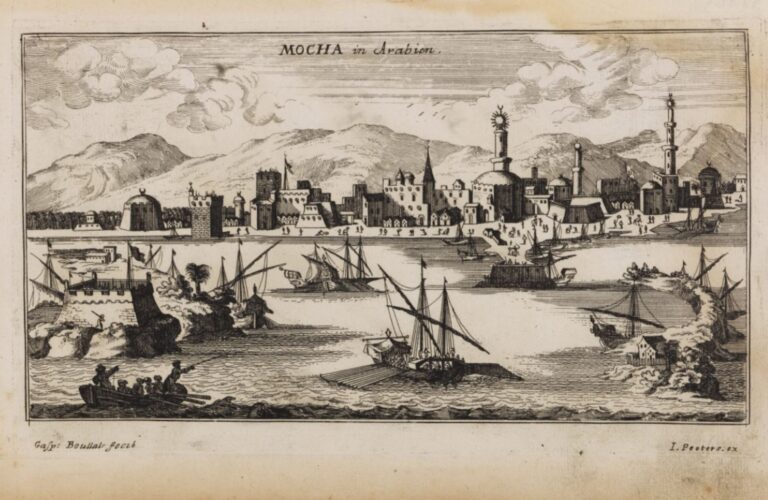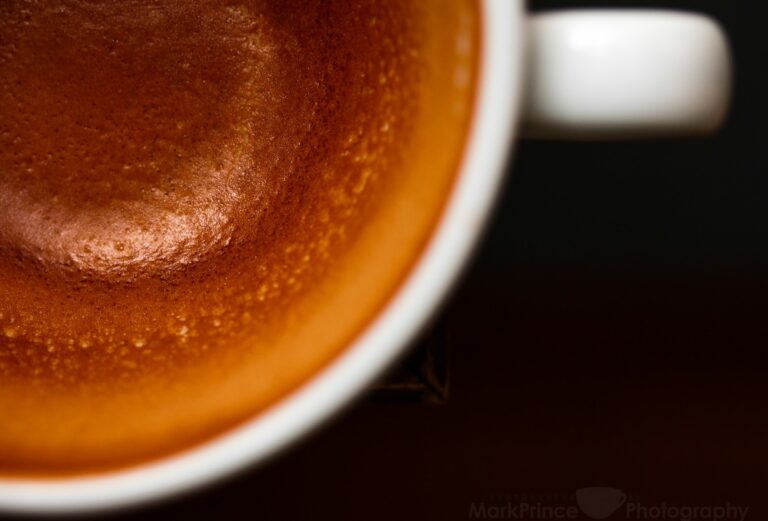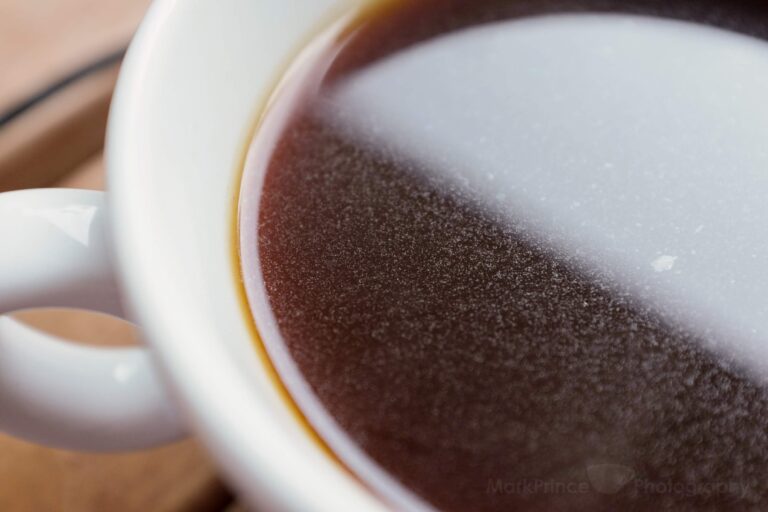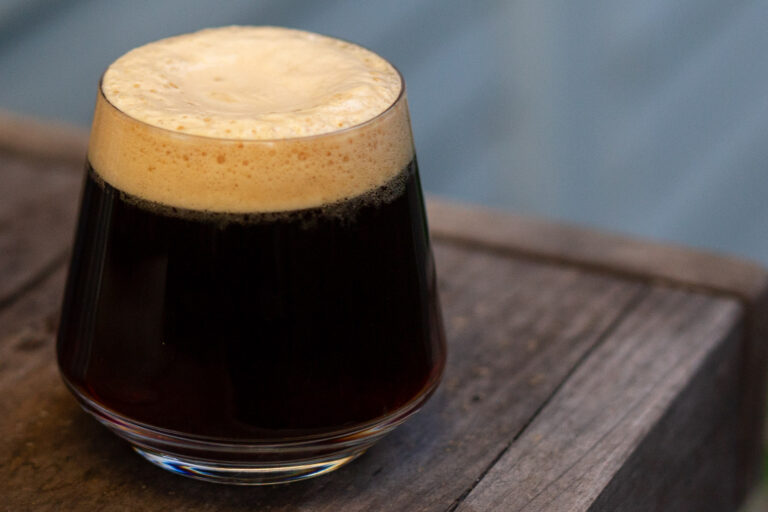Making better coffee in the home doesn’t require thousands of dollars of equipment; it can be achieved through some common sense steps, fresh ingredients and paying closer attention to the details.
Here’s five easy ways to get better coffee in your home.
Use freshly roasted coffee
Nothing, except for the coffee grinder, makes a bigger difference to your home coffee than it being fresh roasted. Imagine the delightful aroma of freshly roasted beans wafting through your kitchen as you wake up to start your day.
Not only will the natural flavors and aromas be preserved in your cup of coffee, but you’ll also get to enjoy the “bloom” phase everyone talks about on pourover, or see a huge layer of crema on that espresso shot you pull.
Freshly roasted beans seem to amplify every flavor the bean has to offer, from zesty, citrusy notes, or deep caramels and chocolate, depending on the bean. True seekers of great coffee know to leave that Costco special coffee in grandma’s cabinet, and only seek out true specialty coffee from small artisan roasters who provide a roasted-on date on the bag.
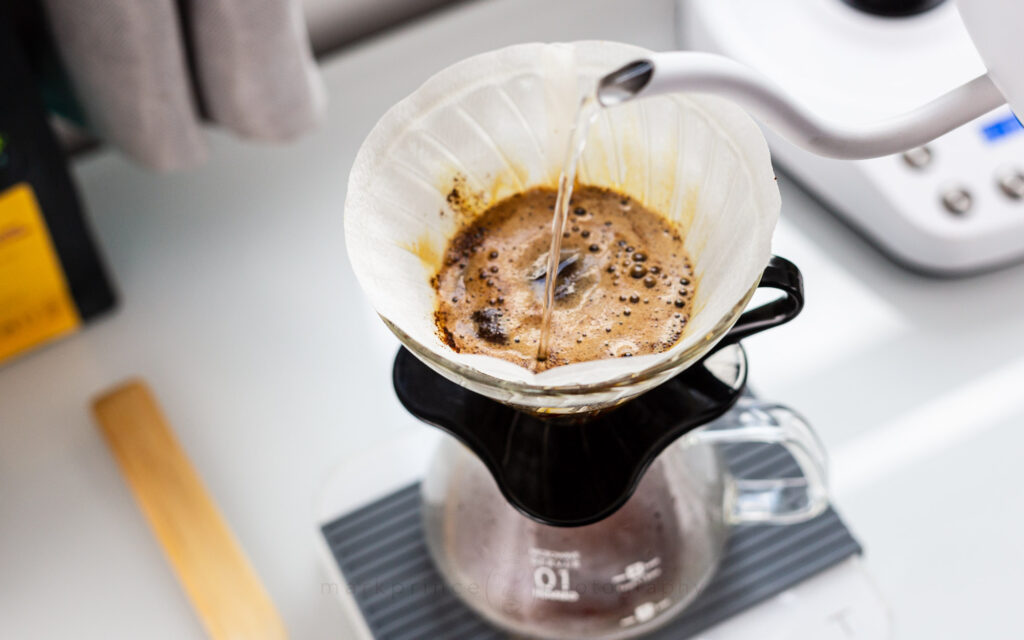
Use a good coffee grinder
Did you know that freshly ground coffee will make a significant impact on the quality of your brew? This is often something people need convincing of, but all it takes is one sip from a V60 of freshly ground, freshly brewed coffee to make a convert.
Grinding fresh means you’re preserving and using more of the coffee’s valuable tools — namely carbon dioxide — to carry forth flavors and aromas from the ground coffee into the brewed liquid. Both oxygen exposure and the release of these aroma-carrying gases can degrade ground coffee quite fast, so the sooner you brew with fresh ground, the better the cup will be. As my old boss used to say “if you’re smelling that great coffee smell in the air, you’re missing that aroma and taste in the cup”.
You don’t need a $500 or $1,000 grinder to get there either. “Budget” grinders like the Baratza Encore ESP or the Breville Smart Grinder Pro, both under $200, are very capable multipurpose grinders. If you’re only making coffee for yourself, a grinder like the Timemore C3 Pro is well under $100 and outputs grinds as good as $300 grinders from a few years ago.
Grinding your coffee beans releases the precious oils inside, resulting in a flavorful, aromatic, and full-bodied coffee. Unfortunately, the flavor and aroma of ground coffee can dissipate quickly, especially when exposed to air for extended periods. To unlock the full potential of your coffee beans, we recommend grinding them just before brewing. You may want to consider investing in a high-quality coffee grinder to ensure that your coffee grounds are consistent and perfect for your preferred brewing method. Believe us, your taste buds would appreciate the effort!
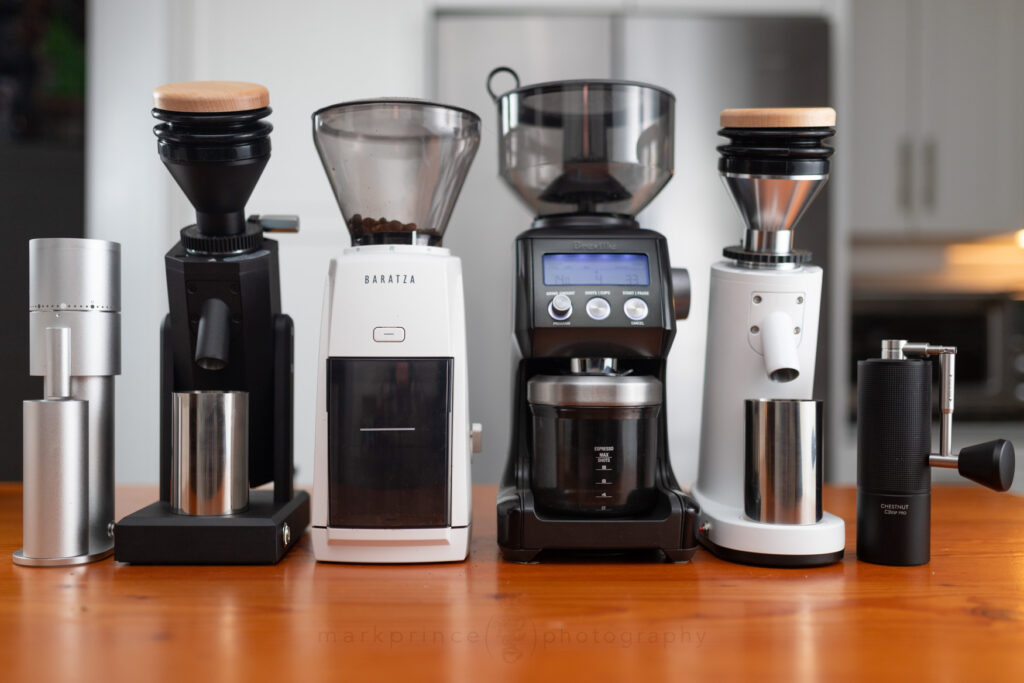
Use a good coffee to water ratio
Allow me to direct your attention to a topic that is sure to pique your interest: the fascinating and complex world of coffee to water ratios!
Our dear leader recently covered this topic in his typical geeky depth, outlining The CoffeeGeek Ratio for brewing coffee, which I hope you will read. I’m here to simplify things a bit and also present you with more options.
If you’re looking to create a truly spectacular cup of coffee, there are a variety of factors that must be considered; not the least of which is your own personal preferences. Are you someone who revels in bold, intense flavors? Then you may wish to experiment with using a greater amount of coffee grounds. Alternatively, if you’re a more relaxed and laid-back individual, you might find that using fewer grounds better suits your taste.
Additionally, it’s worth bearing in mind that different brewing methods can impact the optimal coffee to water ratio. Mark outlines this in the article linked above.
So, dear coffee lovers, don your lab coats and venture forth into the exciting realm of coffee experimentation! Begin by using the recommended coffeegeek ratio of 1 heaping tablespoon for every 100ml of water. Taste, then consider exploring the vast and wondrous possibilities that await you, by adding just a bit more coffee per 100ml, or a bit less.
Because after all, it is all about you and what you think tastes best!
Use the right water temperature
No more science, I promise. You can put away your lab coat. But we are going to talk about something that is an important arrow in your quiver of coffee goodness: water temperatures!
Exciting!
After all, if the water temperature is too high, it can burn the coffee and leave a bitter taste in your mouth that lingers like a bad memory. On the flip side, if the water temperature is too low, the flavors won’t reach their full potential and your coffee might taste like a year old sour patch chew.
So you may be wondering: what is the sweet spot for brewing coffee? Well, my dear, Goldilocks and the Three Bears had it right – not too hot, not too cold, but just right. And where exactly is this sweet spot, you ask? It’s between 195 and 205 degrees Fahrenheit.
Why a 10 degree range? Remembering I did promise to put the lab coat away, all you need to know is the lighter a roast, the higher the water temperature should be. So super dark french roasts (oh, please, consider moving away from those roasts!) needs lower temperatures to hit peak extraction without excessive bitters. A light, blond roast needs higher temperatures to pull all the good stuff out.
Do you need an expensive select-a-temperature kettle (like the amazing Oxo Digital Pour Over Kettle) to get accurate temperatures? They certainly don’t hurt, but a cheap thermometer and a standard, basic kettle, just off the boil will suit fine. Monitor the temperature with a needle thermometer, know how long it takes a full pot to drop from 212F to 205F (or lower), and next time you can go by counting the seconds, instead of reading digital readouts.
So go ahead, my brew-happy buddy, and find that perfect temperature to make your taste buds jump for joy. And remember: it’s not just about the coffee, it’s about the journey!
Clean your coffee equipment regularly!
Don’t forget to give your machines some TLC every now and then. Why, you ask? Well, for starters, build-up can have your drinks tasting all kinds of funky – and nobody wants that!
Plus, we don’t want any bacteria partying hard in our beloved equipment, now do we? That’s just gross. And let’s not forget about the money saving aspect. By taking good care of our machines, we can avoid unnecessary replacements and repairs.
So, let’s show some love to our coffee and espresso equipment – they deserve it!
First things first, after you’re done using your equipment, make sure to rinse all removable parts with some warm water. Get those coffee grinds outta there!
Every once in a while, use a specialized cleaning solution, like Urnex Bio-Wash, to give your equipment the sparkle it deserves. Make sure to follow the instructions on the bottle, and don’t be afraid to get a little sudsy!
For all you espresso machine owners out there, don’t forget to give your machine a good backflush every once in a while. Consult the manual or a professional if you need to. Or just do what I do – search Youtube.
And last but not least, make sure to descale periodically to prevent any pesky mineral buildup. Use a descaler like Durgol or similar. Follow the instructions and use the right solution to keep your equipment running smoothly.
Follow these straightforward tips and you’ll be sippin’ on delicious coffee and espresso for years to come!

